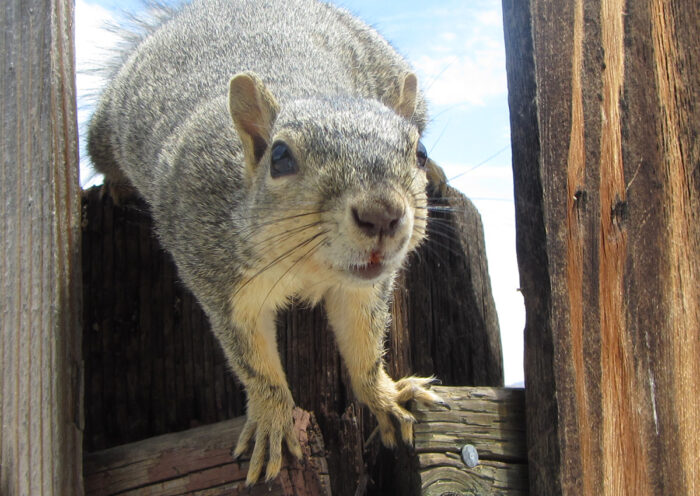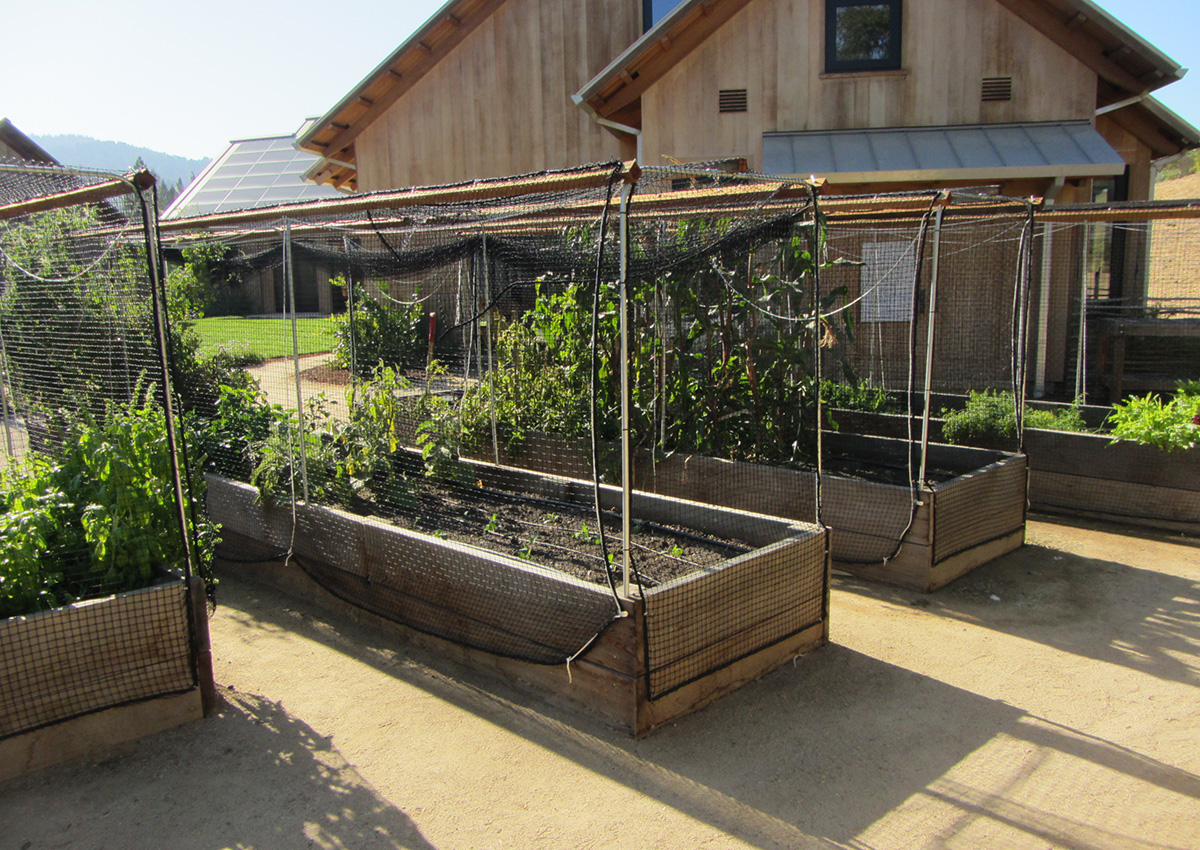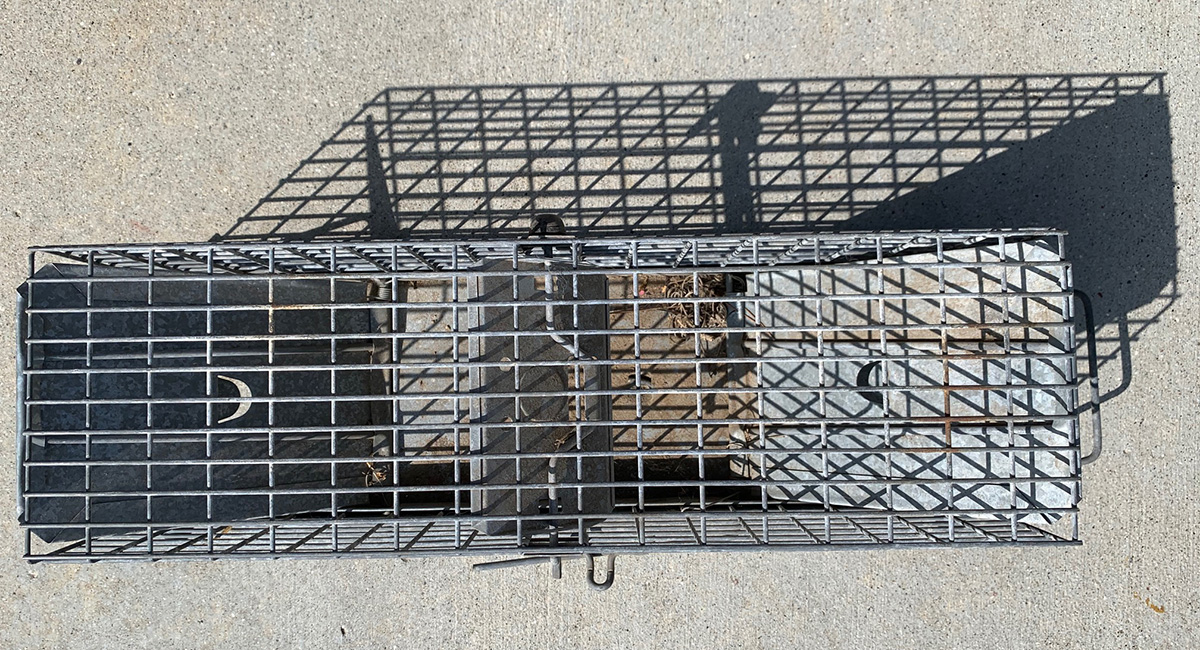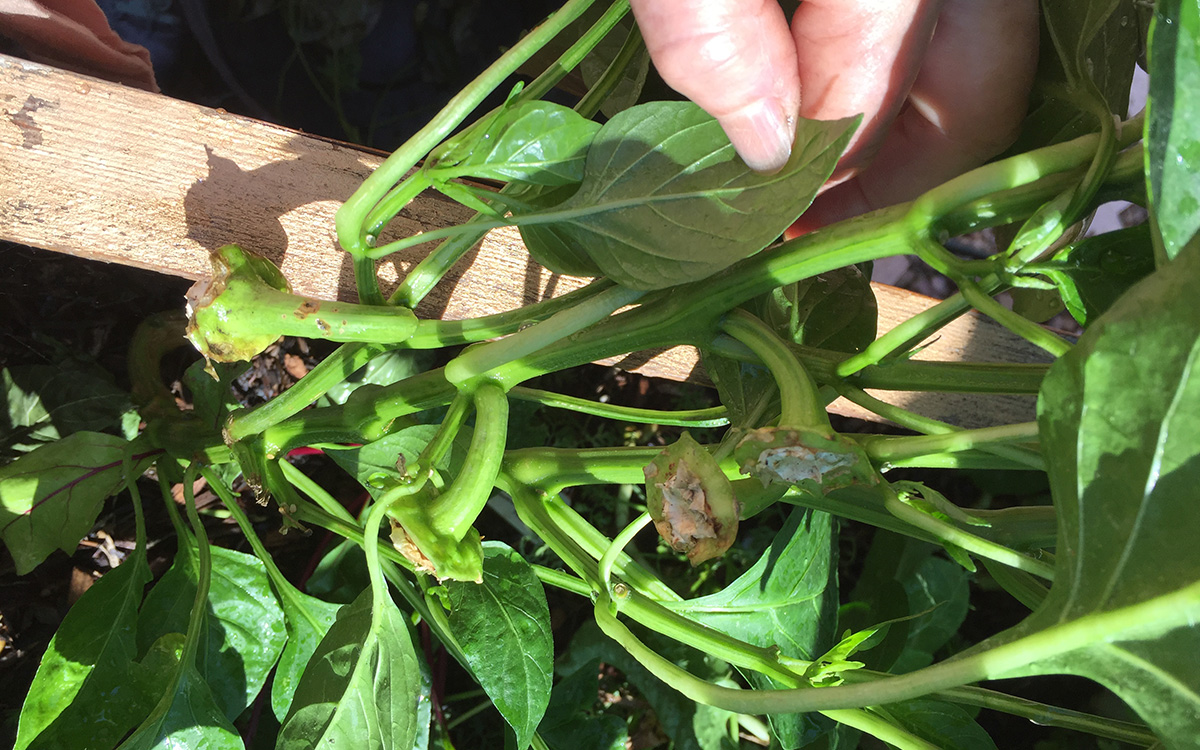
Whether you dwell in the city, suburbs, or countryside, critters are likely to adore the fruits of your garden labor. While small animals such as gophers, rats, mice, squirrels, and rabbits are helpful recyclers in nature through their reducing organic matter into compost, they can also be remarkably destructive in the garden, with their long, ever-growing teeth that need to be regularly ground down by constant gnawing. There was a time when a common way to address this challenge was to poison the garden-damaging animal culprits. However, there are now alternate management strategies that do not introduce dangerous toxins into the environment or threaten the lives of beloved pets and innocent wildlife.

Physical barriers
The safest way to provide protection from any invasive pest is to use a physical barrier. In the case of critters, small mesh chicken wire and metal hardware cloth are good options, as they are both easy to erect and reuse. They allow water and sun to reach the plants and are nontoxic. When building physical barriers, remember that these animals need to keep gnawing down those front teeth, so unreinforced wood is not always the best structural choice. Barriers should also be regularly inspected, since animals are incredibly adept at creating and fitting through the tiniest gaps.

Traps
You can also manage small animals with mechanical kill or no-kill traps. The latter will allow you to move the uninvited pest into wildlands, where it can continue its behavior in harmony with nature. Nontoxic killing traps are usually targeted at specific species, making the trap less likely to harm other animals. If you use these, please make sure they are as humane as possible. Sticky traps and badly set traps can be unnecessarily cruel.
Tunneling critters, such as gophers, can be smoked out of the ground or killed in their tunnels. However, keep in mind that these animals are very opportunistic. Once you have removed the occupants of a nearby tunnel, a new family will likely move in soon after.

Critter repellent products
There are plenty of critter repellent products that contain effective ingredients such as garlic, hot pepper extracts, or predator urine, as well as contraptions that will trigger water sprays, vibrate in the ground, or provide other deterrents. Adding aromatic plants like mint (Mentha spp. and cvs., Zones 3–11) and catmint (Nepeta spp. and cvs., Zones 3–9) to your plantings also introduces strong scents that most critters dislike. For the best results, periodically rotate repellents to keep animals from becoming accustomed to the products.
Natural controls
Do not overlook natural controls when it comes to managing critter populations. Owls can be excellent garden allies. There are many different kinds of owls throughout all of Southern California. These birds of prey are swift, efficient, and deadly predators that are active at night, when many animals are doing much of their garden damage. There are plans for constructing owl houses on the internet, and ready-made houses are available for purchase. Attracting owls to your property is like hiring your own garden security force; they keep down the number of rats, mice, moles, gophers, and ground squirrels without any additional intervention.
Hire a pest company
If all of this is a little overwhelming, you can always hire a pest company. Many companies stay away from pesticides that damage our environment and that contain toxins that can be passed on to humans, pets, innocent wildlife, or even plants, soil, and water supplies.
The most effective control plan includes a combination of strategies. Animals are surprisingly clever and learn soon enough how to avoid or thwart traps, bait, and repellents. Using nature against nature along with help from physical barriers is my preferred strategy. While no strategy will banish every last animal from your garden, these methods in combination can minimize garden damage and keep your landscape a healthier environment for you and your family.
—Jane Gates is the owner of Gates & Croft Horticultural Design in Los Angeles and the author of All the Garden’s a Stage: Choosing the Best Performing Plants for a Sustainable Garden.


















Comments
Log in or create an account to post a comment.
Sign up Log in